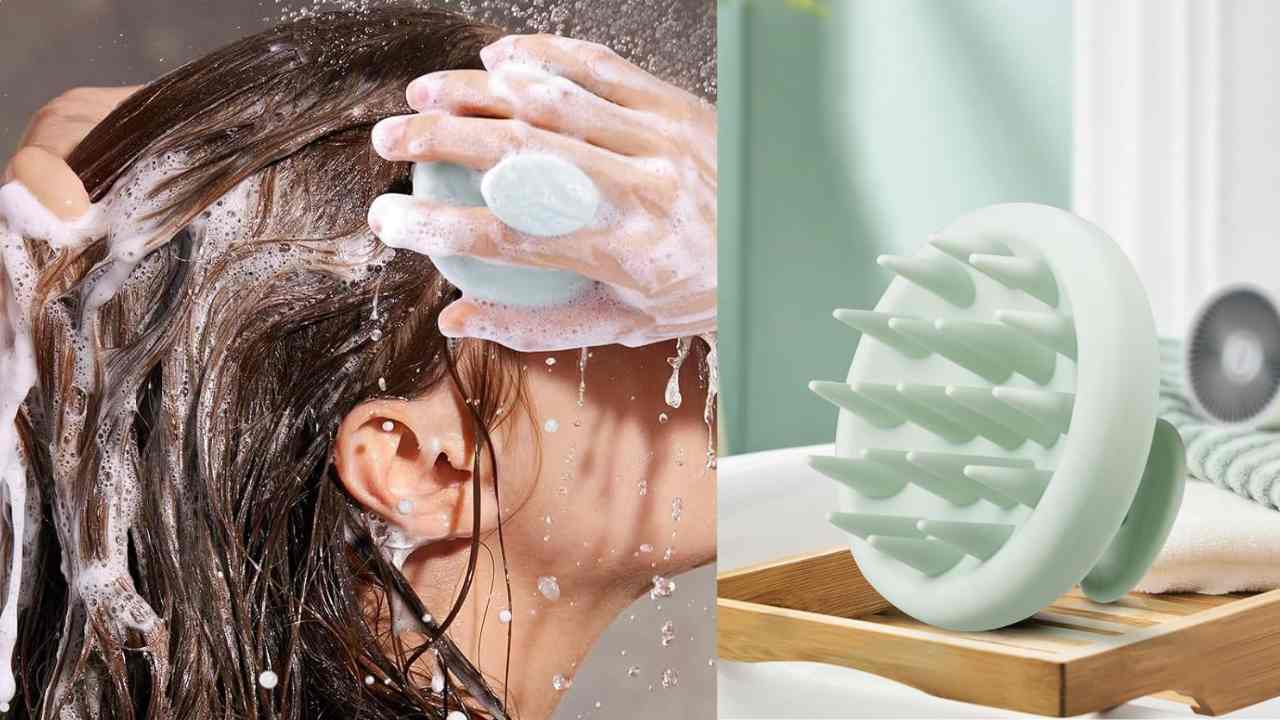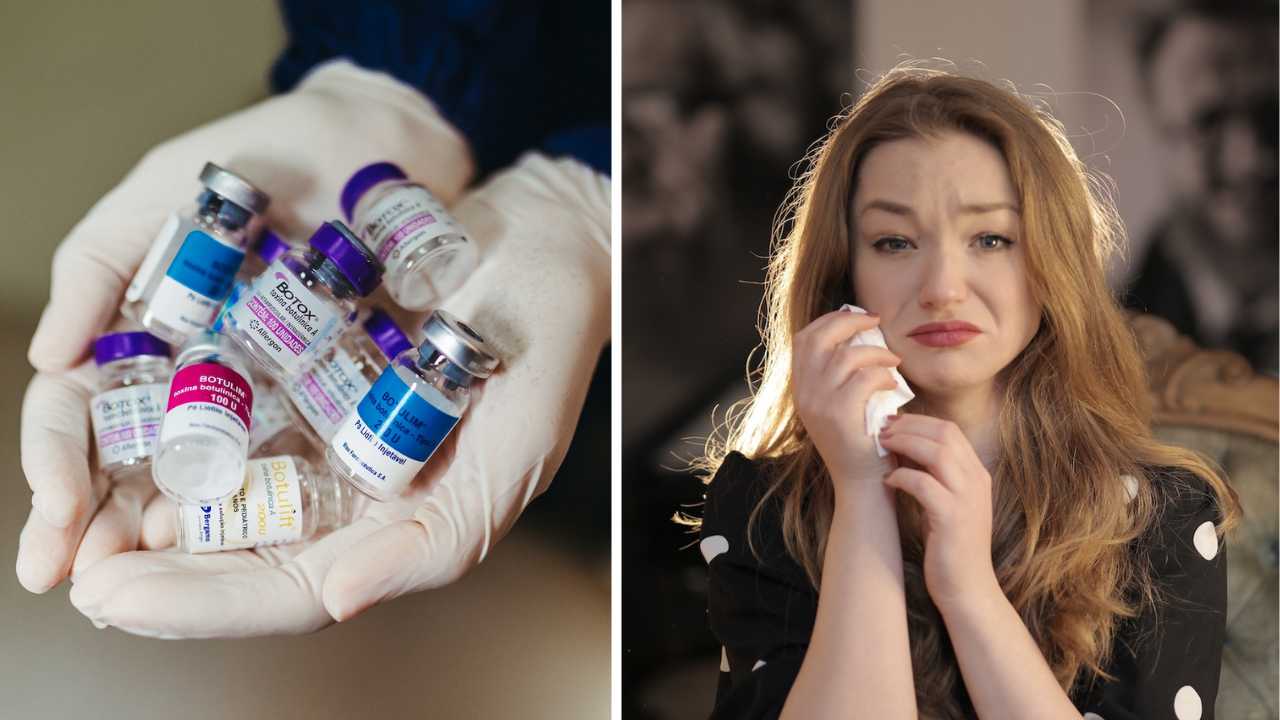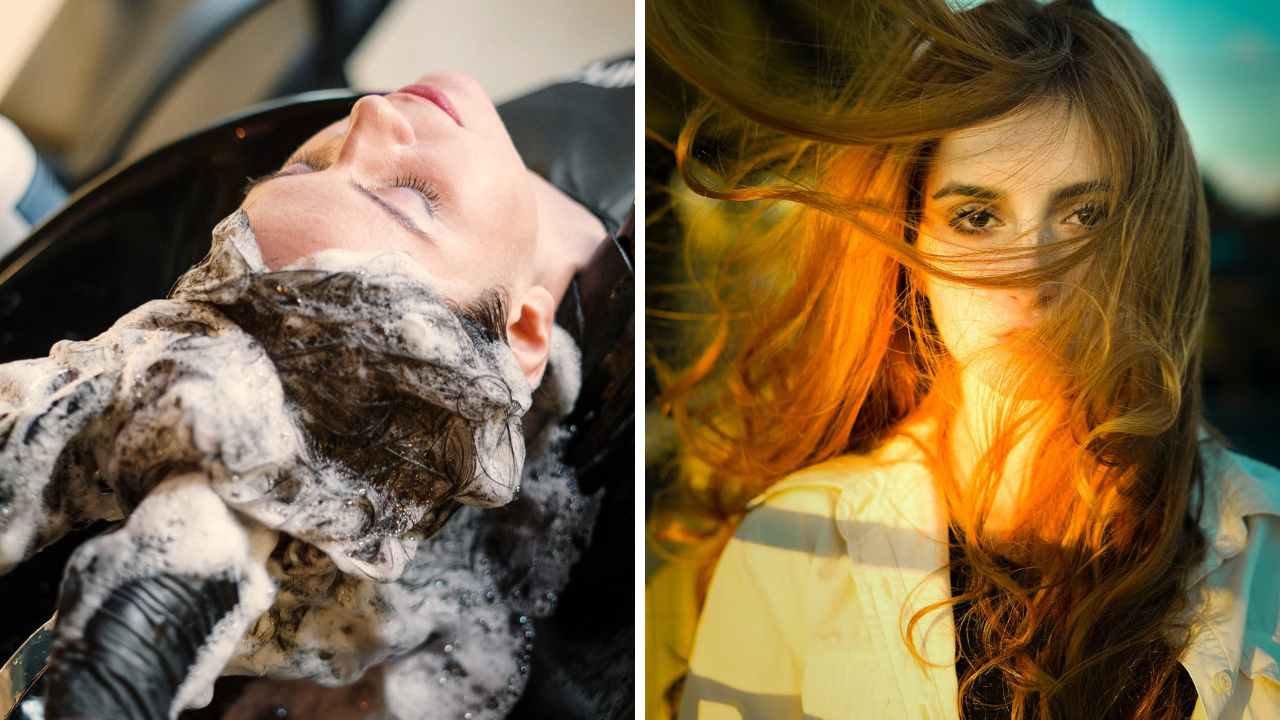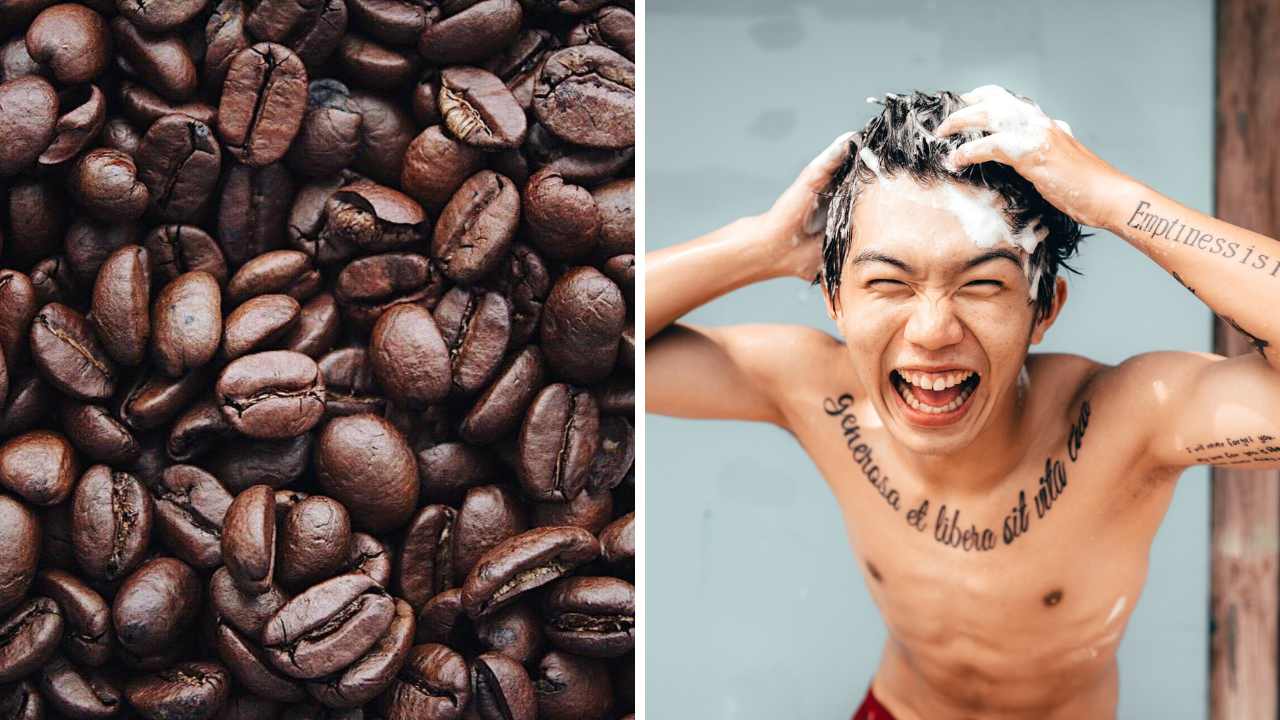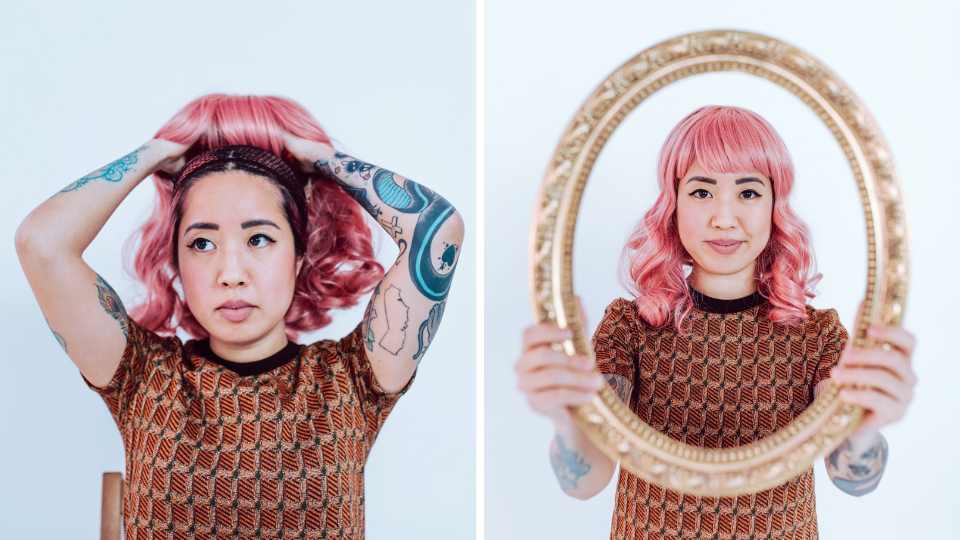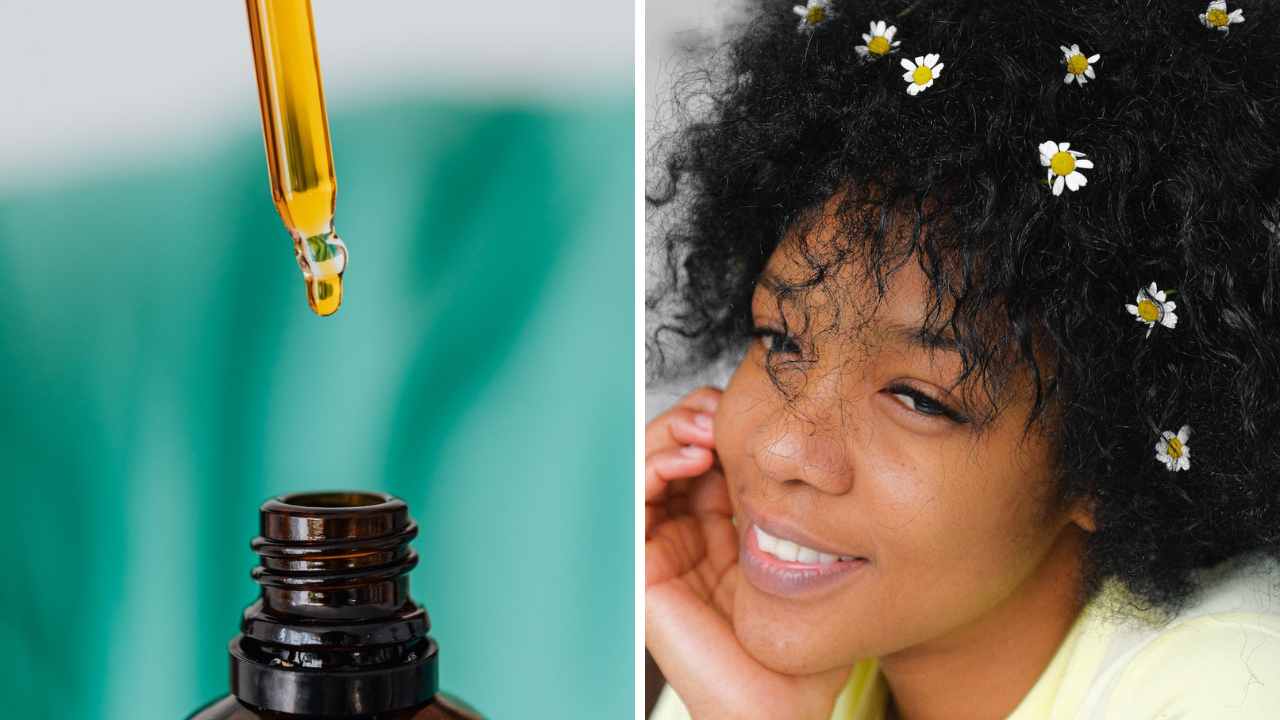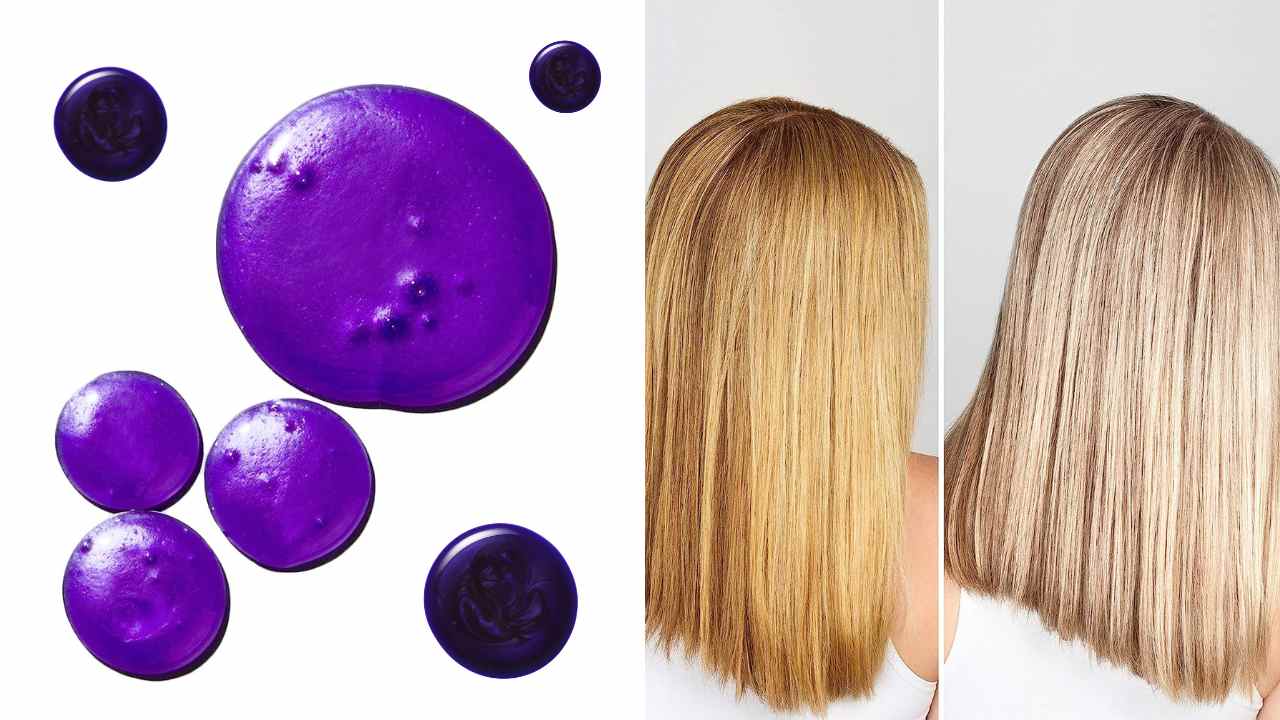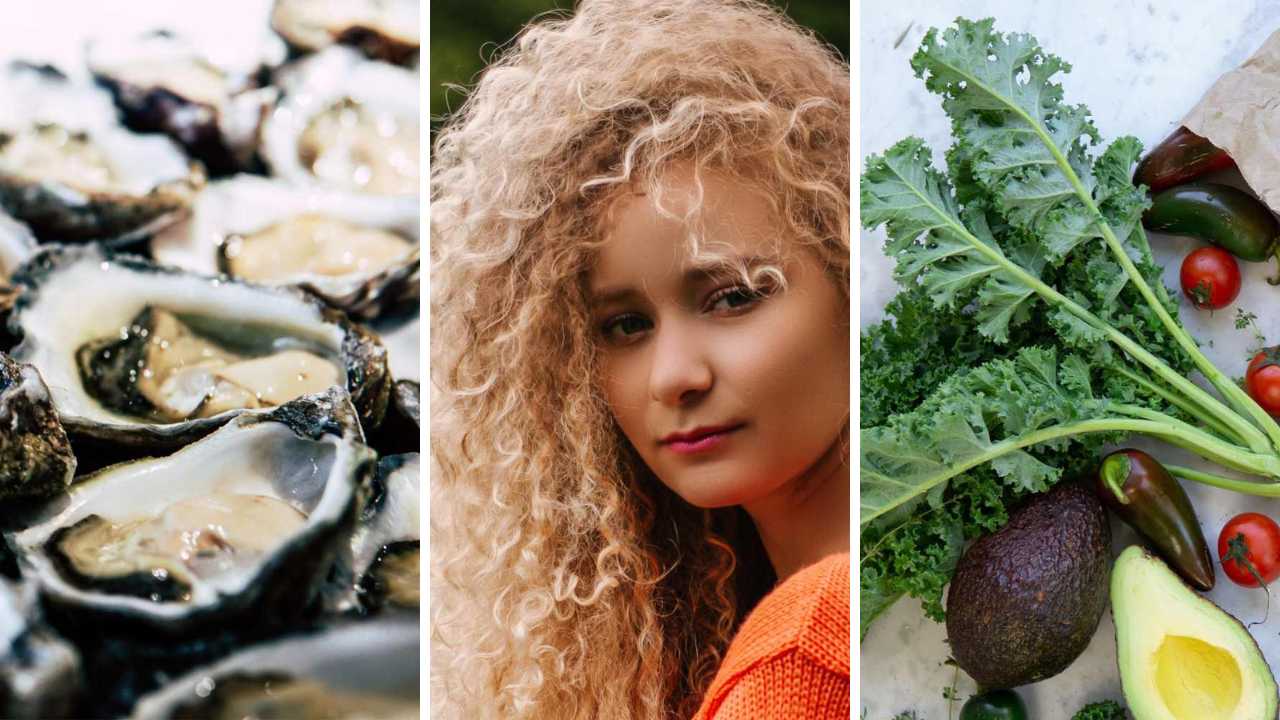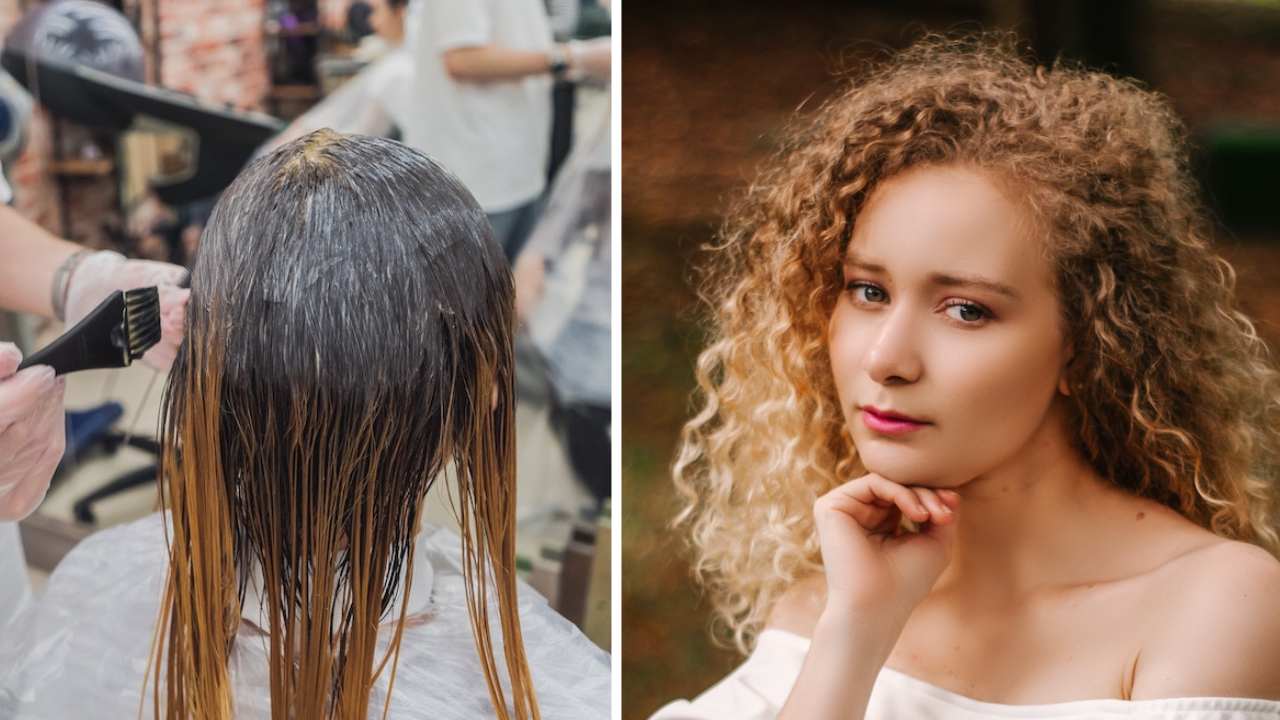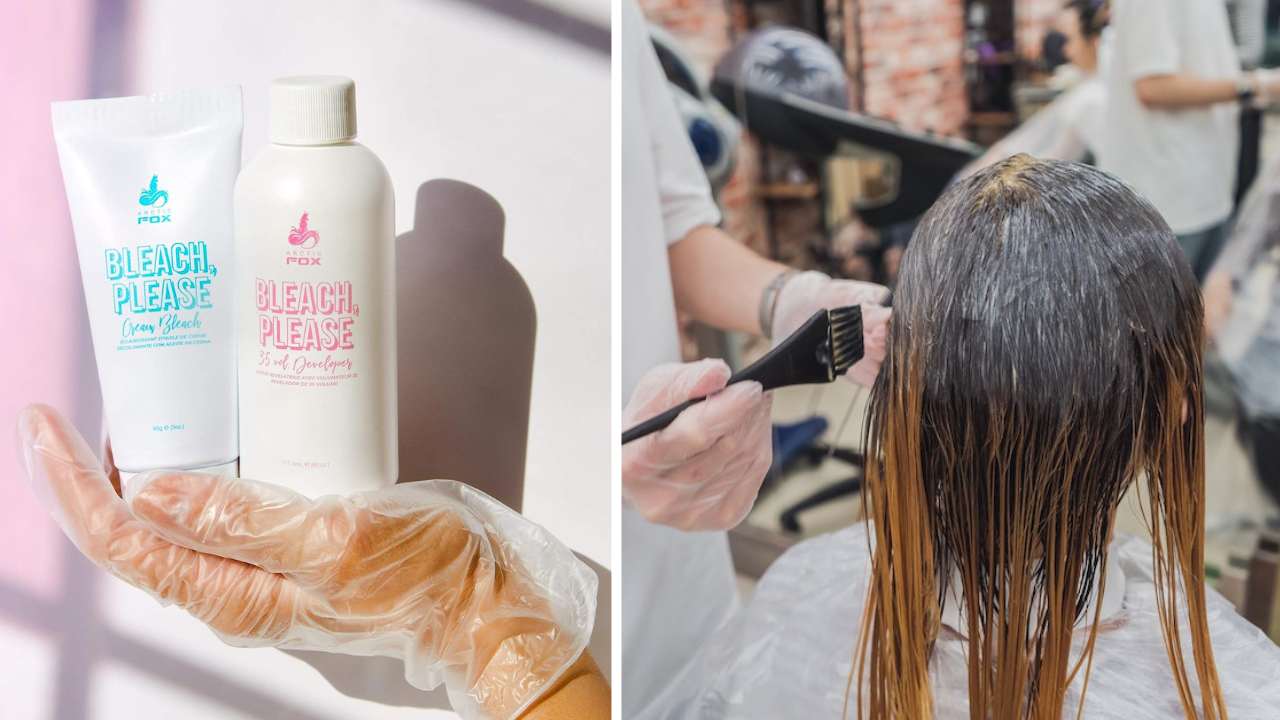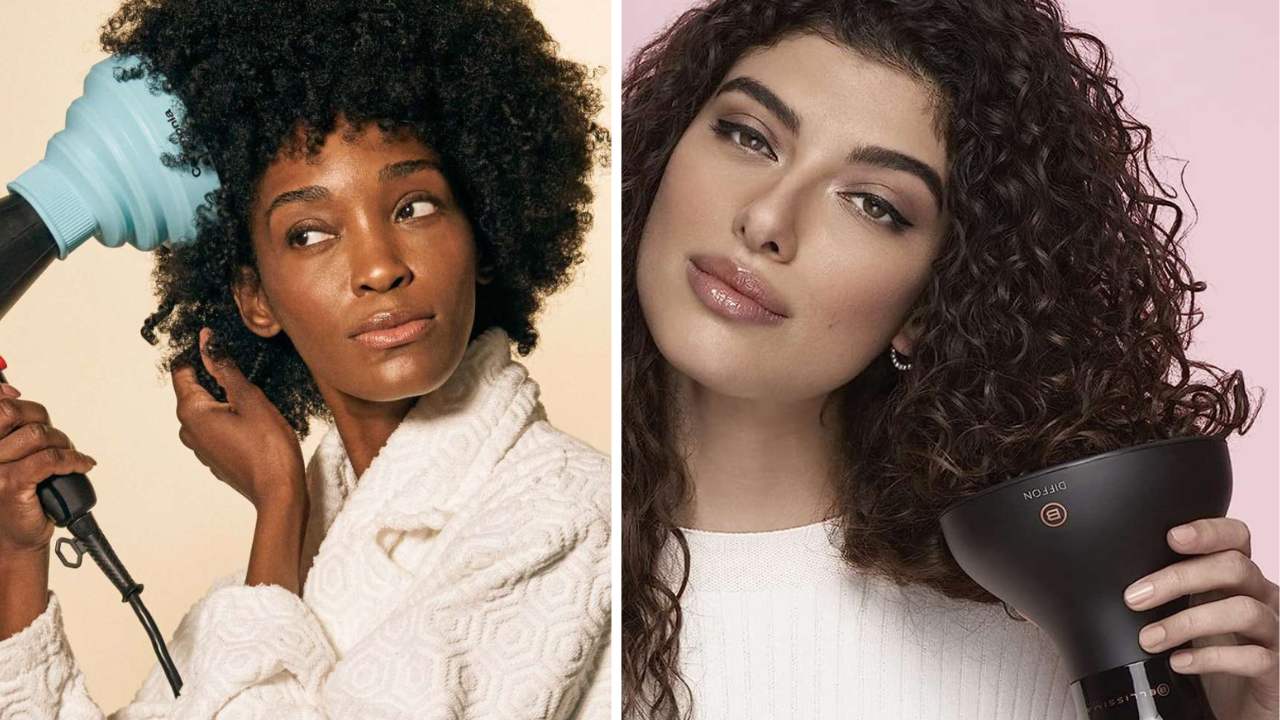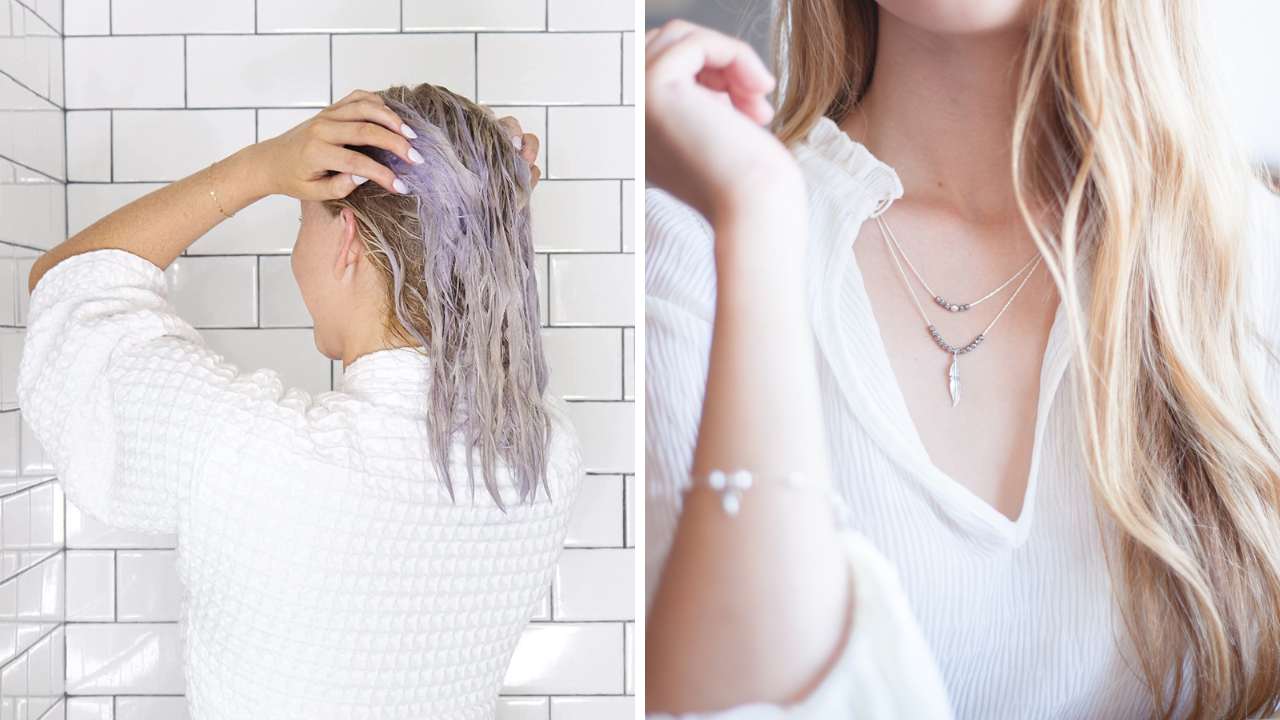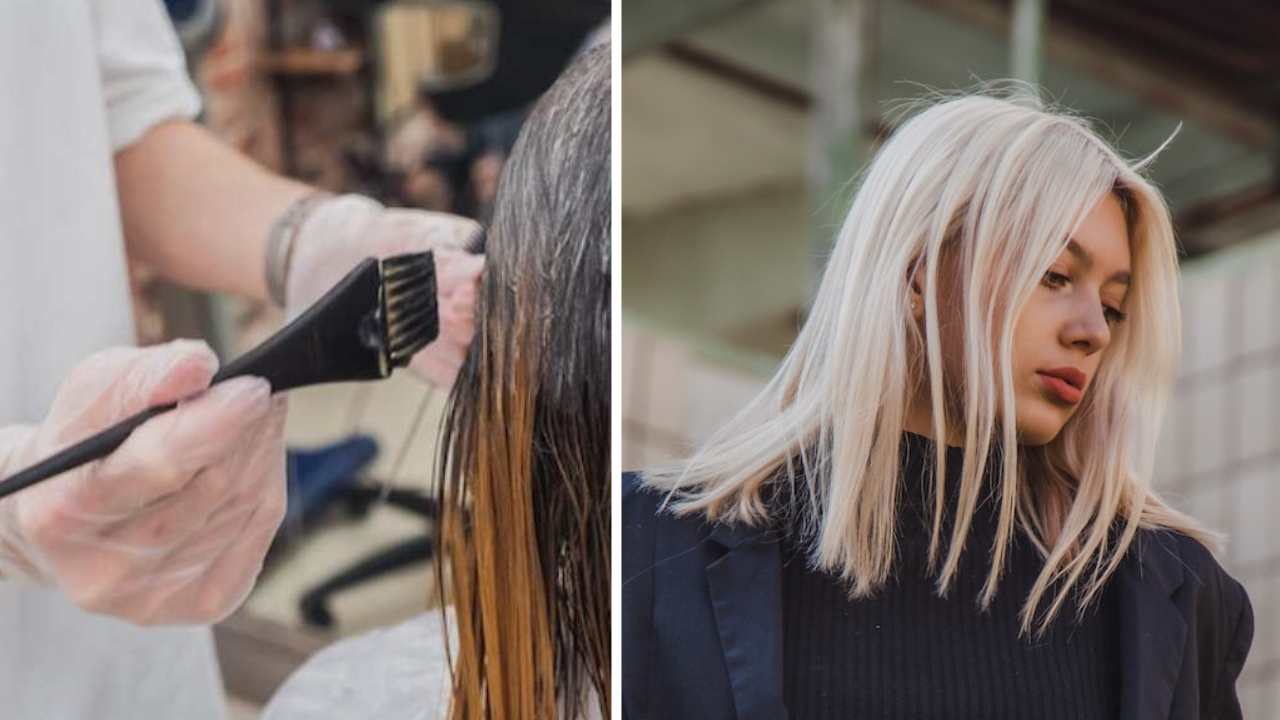
Can I Bleach My Hair Twice in One Day? Is it Really Safe?
When it comes to bleaching your hair, there are a few things you should know before diving into the process.
The first and most important thing to remember is that bleaching can be damaging to your hair if done incorrectly.
That said, many people want to get the perfect shade of blonde that they’re after, but don’t know whether they can do it in one session or if they need to bleach their hair twice.
To answer this question, we’ve put together this comprehensive guide on how to know if you can bleach your hair twice. Keep reading to find out what you need to know!
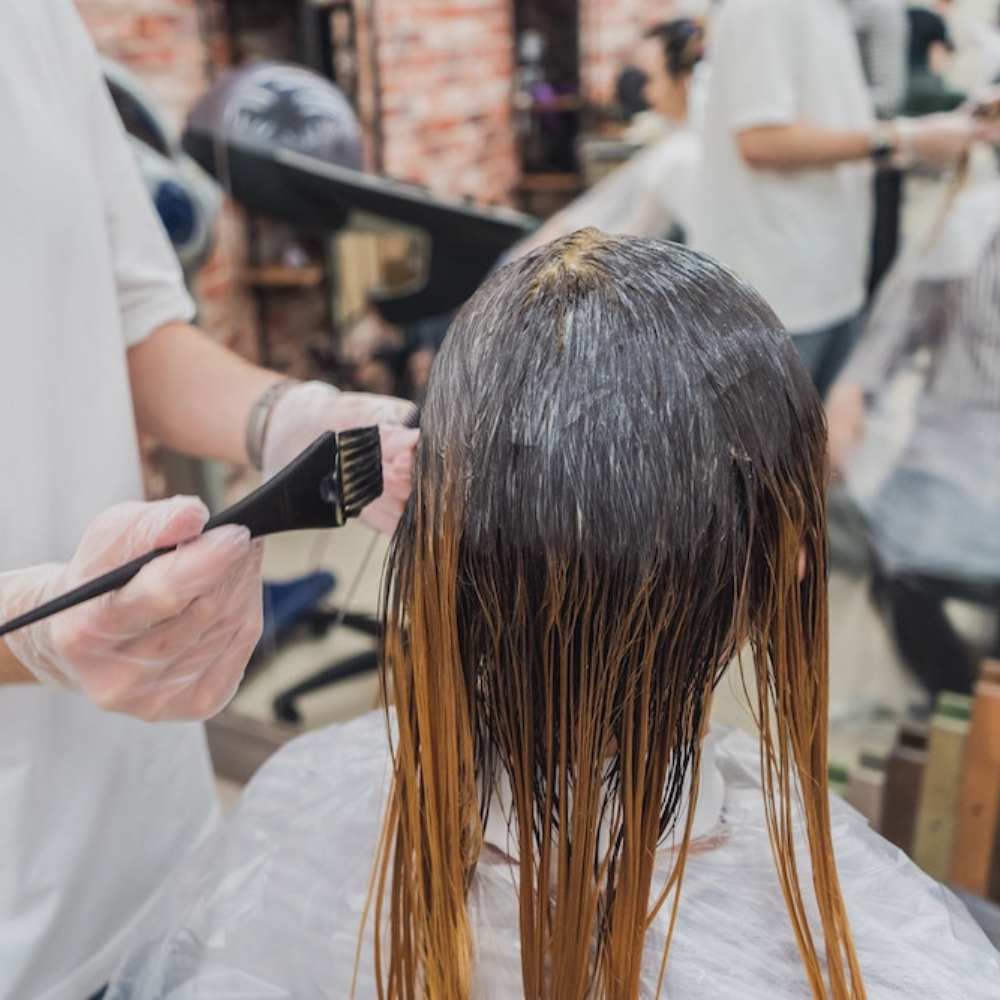
How Bleaching Damages Your Hair
Before we dive into whether or not you should dye unevenly bleached hair a second time, let’s quickly talk about why bleaching is damaging in the first place.
Bleaching hair works by stripping away the natural pigment (aka color) from your hair leaving it looking lighter or even completely white.
This process actually breaks down the bonds within each strand of hair and damages them in the process.
This is why it's important to take care of your bleached locks with frequent deep conditioning treatments and special shampoos designed specifically for colored or bleached hair.
What Ingredients are in Hair Bleach?
If you've ever wondered what goes into a bottle of hair bleach, the answer can be surprising! Depending on the brand or type of bleach, you will likely find some combination of hydrogen peroxide, ammonium hydroxide and water.
Hydrogen Peroxide
This is the main active ingredient in hair bleaching products and is used to strip color from your strands.
It also gives off steam that can irritate your eyes and lungs. In addition, it works best with an activator like Ammonium Hydroxide for optimal results.
Ammonium Hydroxide
Also known as ammonia, this chemical helps activate the hydrogen peroxide so it can work faster at lightening your tresses.
While irritating to skin contact, it's considered much less harmful than other traditional hairdressing chemicals when used properly with protective equipment such as gloves and face masks (which should always be worn!).
Keep in mind that most commercial hair bleach products contain a much lower concentration than pure ammonia solutions.
But still if you have a more sensitive scalp or breathing issues it is probably best to consult an expert before using any product containing ammonium hydroxide!
Water
The last major component commonly found in hair bleach mixtures is H2O - or plain old water!
Water serves as a necessary diluter for both these potent ingredients because they are highly reactive by themselves alone and could cause irreversible damage to natural locks.
With just enough liquid added into mix - usually around 15% - then their reactivity rate will remain balanced while still allowing them to penetrate the cuticles of our own follicles safely!
So there you have it – hydrogen peroxide, ammonium hydroxide & water – three commonly-found ingredients that make up many commercial hair bleaching products.
When Is It Safe To Bleach Your Hair Twice?
Now that you understand how bleaching works and why it can be damaging, let’s talk about when it’s safe (or not) to bleach your hair twice.
If your desired color is more than two shades lighter than what it currently is, then double processing (bleaching twice) may be necessary.
However, keep in mind that double bleaching will cause further damage so make sure you are using a good quality lightening product and follow up with extra hydration treatments afterwards.
And if possible, try and wait at least a week between sessions so that your hair has time to recover between sessions.
Additionally, if you have naturally pigmented darker hair (dark brown or black) then double processing may not be necessary as a high-lift dye can lighten dark hair colors without needing multiple bleaching sessions which will cause less damage in the long run!

Professionally Bleached Hair
It's also important to note that some salon professionals won't even perform double processing due to potential risks associated with over-lightening which could result in irreversible damage such as hair breakage or split ends.
So make sure you consult with an experienced stylist who knows how much lightening product is too much and can recommend ways for achieving lighter shades safely without having to do multiple processes!
What Are Some Alternatives To Double Processing?
If you're looking for ways of achieving lighter shades without having to double process then there are some alternatives you could consider trying out instead.
One option would be highlighting specific hair strands rather than full head applications which would help lighten certain areas while still retaining some of the darker tones throughout other areas of the head - this creates more dimension!
Another option would be using low-level permanent dyes which work similarly but use lower levels of peroxide which won't cause as much damage over time as traditional bleaches do when used repeatedly on top of each other or over pre-existing color jobs (e.g., highlights).
Finally, semi-permanent dyes are another great option for those looking for something temporary or who don't want any harsh chemicals near their scalp since these dyes don't contain any peroxide whatsoever!
These techniques are all great options for achieving lighter shades without having to double process.
Just make sure you consult with a professional hairstylist beforehand so that they can properly assess what method would work best for achieving your desired look while also considering any potential risks associated with each technique!
How Do You Fix Unevenly Bleached Hair?
The first thing to do is assess the gravity of your situation. The more “off” the bleach job, the longer it will take to fix.
If your hair looks like it’s been tie-dyed or streaky after your bleaching session, you may need professional help in order to restore its former glory.
If your hair appears only slightly brighter or lighter than desired then there are some DIY solutions you can try at home:
- Start by strengthening and reconstructing with protein treatments. Use a deep conditioner every few days (if necessary) to add strength and moisture back into over processed strands. Choose one that has protein as one of the main ingredients to strengthen each hair shaft.
- Balance out discolored hair with color toners. These toners are specially formulated mild dyes that can neutralize unwanted brassy tones while keeping your highlights intact. You can use these color toners at home, either a blue shampoo or purple shampoo, depending on the color you're trying to correct. A purple shampoo will correct brassy tones in blonde hair while a blue shampoo will counteract orange tones.
- Rebalance porosity levels with acidic shine treatments. Applying acidic treatments helps close down porous ends and even out existing color throughout the entire head for an on-point finish. An apple cider vinegar rinse can work wonders for hair health!
- Refresh root shadows with root touchups. A good way to blend uneven roots together seamlessly is by using a temporary root touch up spray which instantly darkens regrowth and camouflages any inconsistencies between old and new growth areas. It also provides great hold so no worries about flyaways either. Let your hair dry naturally and then spray key areas.
Overall, if your issue isn’t too serious (e.g., just some darker bits here & there), then these tips should sort you right out and give you back silky smooth locks without having to go through too much effort or break the bank on expensive salon fees.
How Do You Fix Hair That's Damaged From Bleaching?
The first and most important thing to do when fixing hair damaged by bleaching is to give it a break.
Bleaching can be very damaging and can damage the natural oils needed for healthy hair.
That means no more hot styling tools, and minimizing any further chemical treatments such as coloring, highlighting, or perms until you’ve repaired your hair.
Next, switch up your shampoo routine — specifically, look for sulfate-free shampoos that won't strip away any of your natural oils and cause further damage.
Also consider adding a deep conditioner into the mix – either at home or via a professional salon visit – which will help nourish your locks back to life with protein and moisture-locking agents like shea butter.
You should also incorporate some DIY treatments into your regimen if you want to get amazing results quickly!
Using an egg mask can work wonders, as eggs are packed with proteins which will help strengthen fragile strands. Another option is using honey on damp hair — it helps protect color while conditioning dryness too!
And lastly don't forget about oil treatments; olive oil, coconut oil, or even avocado oil are great options to massage onto hair before bathing (leave them in for 30 minutes) to replenish lost nutrition from bleaching.
Finally, keep regular trimming appointments every six weeks so split ends don’t get worse — no matter how minimal haircuts might seem in terms of effectiveness at repairing damaged tresses!
With regular upkeep combined with all these tips mentioned here today you'll have healthier looking locks soon enough without having any more problems due to previous bleaching damage.

Your Answer: Be Cautious with the Bleaching!
Bleaching your already bleached hair can be damaging but sometimes multiple processes are necessary depending on what shade of blonde you're after.
To figure out whether or not you should bleach your hair twice, think about how far away from blonde you're currently starting.
If it's more than two shades away then doubling up might be needed but always consult a professional before doing so as certain techniques can cause irreversible damage like breakage and split ends due to the bleaching process!
There are also alternatives such as highlighting certain strands instead of full head applications along with low level permanent dyes and even semi permanent dyes which don't contain any harsh chemicals whatsoever.
These are great options for those wanting something temporary or who don't want any harsh chemicals near their scalp!
With all this information now at hand feel free to go forth confidently knowing exactly how and when to bleach hair safely so that you can get gorgeous, healthy hair without compromising on health or longevity. Good luck!



